Quality education has always been inaccessible to females in Africa. Whether it is due to poverty, climate change, cultural resistance, or blatant unwillingness, the gender education gap in Africa has been prominent for decades. Denying females this basic human right restrains them from being socially and financially stable.
Investing in education is crucial for female empowerment and sustainable development. Though gender gaps in literacy rates have narrowed in recent years, girls remain behind boys, especially in the lower and upper secondary levels.
This article explores the female literacy and education rates in Africa and how they have changed over the past few years.
Female Education Statistics in Africa
Key Takeaways
- The education system in Africa is divided into three strata: primary, secondary, and tertiary.
- Female enrolment rates in all levels of education have increased over the past few years but are the lowest at the lower and upper secondary levels.
- Most countries with lower female literacy rates than male literacy rates belong to Africa.
- There has been significant progress in the ratio of females enrolled in educational institutions to males. However, the overall representation of women in secondary levels of education is still significantly lower as compared to men.
- The major challenges females face when accessing education are poverty, climate change, cultural values and beliefs, child marriage, and unwanted pregnancies.
Key Statistics
- The Higher Education Authority of Rockview University issued a report in 2020 on The State of The Higher Education System in Africa. It stated that of 1,681 academic staff in public universities, only 429 are women, accounting for approximately 25.5% of the total staff.
- The Global Economy published data showing the ratio of female to male students in tertiary-level education. For 2021, based on 9 countries in Africa, the average was 1.02%. The highest value was in Seychelles (1.73%), and the lowest was in Guinea (0.46%).
- According to The World Bank, the literacy rate of adult females in Sub-Saharan Africa was 46.8% in 2000, whereas it increased to 58.8% by 2019.
- As denoted by UNESCO, in 2020, 66% of girls completed their primary education compared to 61% of boys in the Sub-Saharan region of Africa.
- A UNESCO report in 2022 stated that across the region of Sub-Saharan Africa, 9.5 million girls between the ages of about 6 and 11 don’t have any chance of going to school at all, compared to 5 million boys.
Overview of Education Systems in Africa
It took some time for education, especially tertiary education, to be established on the mass ground in Africa.
Here are some education systems currently in place in some African countries.
1. South Africa
As stated by Scholaro Database, the education system in South Africa is divided into three strata:
-
Primary Education
Grades: 1-9
Age: 7-15
Years: 9
The first 6 years in primary school establish basic literacy and numeracy, while the rest include general education and training. These 9 years of school are compulsory for every individual.
-
Secondary Education
Grades: 10-12
Age: 14-16
Years: 3
Secondary education consists of 3 years following primary education. At this level, the standards and tuition fees are considerably high. Thus, secondary education is inaccessible to low-income families.
-
Tertiary Education
Age: 17+
Years: 4-8
State-managed institutions mainly provide tertiary education. It is a high level of education and training with various disciplines in bachelor’s, master’s, and doctorate degrees. A large gap in quality standards between previously “white” and “independent homeland” prevails in Africa today.
2. Seychelles
As AACRAO states, schools were not established in Seychelles until 1944 – a long time after the region had become a British colony in 1814.
-
Primary Education
Primary education in Seychelles begins at age 6. It is free and compulsory for kids aged 6 to 15. From ages 6-10, the main language is Creole, after which English is integrated into the curriculum as the language of instruction. A national attainment test is conducted at the end of 6th year to measure students’ educational standing.
-
Secondary Education
Secondary school lasts for 5 years, out of which only 4 are compulsory. After 5th year, students sit for external examinations leading to the Cambridge General Certificate of Education Ordinary Level (GCE O-Level) or the Cambridge International General Certificate of Secondary Education. (IGCSE)
-
Post-Secondary Education
Seychelles Polytechnic and the National Institute of Education offer post-secondary programs leading to General Certificate of Education Advanced Level (GCE A-Level) and one to three-year certificate and diploma programs.
3. Nigeria
A FutureLearn article states that Nigeria’s national education policy was finally revised in 2014 after its publication in 1977. It helped regulate educational activities across all levels of education in public and private schools. The education system is divided into 3 parts:
-
Basic Education:
Basic Education in Nigeria is for children aged between 0-15 years. It is free and compulsory for all and further divided according to age groups:
- Easy childcare and development education: 0-4-year-olds
- Pre-primary Education: 5-year-olds
- Primary Education: 6-12-year-olds
- Junior Secondary Education: 12-15-year-olds
-
Senior Secondary School Education
Senior secondary school lasts for 3 years after students complete their basic education. It covers two types of training:
Formal Education: This includes core subjects such as English, Mathematics, Entrepreneurship, Science, Arts, and Technology.
Vocational Skills: Creative skills such as hairstyling, fashion designing, and crafting.
-
Tertiary Education
Nigerian tertiary education consists of 4-year programs in universities, polytechnics, and colleges. It creates employment opportunities for entrepreneurs and helps them contribute to national development.
Female Enrolment Rates in Primary, Secondary, And Tertiary Education
According to Professor Christine Phiri Mushibwe, vice-chancellor of UNICAF University in Zambia, women in Africa are still a large minority in the higher education system despite statistics showing more young girls enrolling in primary, secondary, and tertiary education institutions.
In 2020, the Higher Education Authority of Rockview University issued a report on “The State of Higher Education System in Africa,” according to which, out of 1,681 academic staff in public universities, only 429 are women, which amounts to approximately 25.5% of the total staff. Similarly, in private universities, only 585 out of 2,517 academic staff are women, roughly 23% of the total.
These figures denote that the representation of women is considerably less than half the percentage of the total number of representatives in educational facilities.
In the same report, Professor Olusola Oyewole, the General Secretary of the Association of African Universities, stated that the traditional bias of male superiority “limits women in developing their abilities to pursue professions and careers, restricting them to cultural roles imposed on them in our societies.”
This lack of opportunity is a major factor in women’s lower employment rate in Africa. Due to restrictive cultural roles, even literate women are less likely to showcase their skills through employment.
Differences in Enrollment Rates Between Males and Females
According to the Global Education Monitoring Report, among the poorest regions in Northern Africa and Western Asia, only 85 girls for every 100 boys in lower secondary school attend school. Among those of upper secondary school age, only 77 of the poorest girls for every 100 boys attend.
The Global Economy published data showing the ratio of female to male students in tertiary-level education. For 2021, based on 9 countries in Africa, the average was 1.02%. The highest value was in Seychelles (1.73%), showing a tilt towards the opposite side of the spectrum, and the lowest was in Guinea (0.46%). Morocco (1.1) showed the least disparity between the two genders.
1. North Africa
The Gender Parity Index in gross enrollment ratio in tertiary education in Africa varies in different regions. Data published by ResearchGate shows that although there has been an overall increase, the GPI of North Africa, as compared to that of Sub-Saharan Africa, is considerably higher.
Source: ResearchGate
2. Morocco
According to Statista, the ratio of women to men enrolled at the tertiary level in public and private schools has increased over the past decade. In 2002, the Gender Parity Index in Morocco was 0.78. It increased by 0.1 (9.52%) to 1.1 in 2021 and reached its highest value in the observed period.
Source: Statista
3. South Africa
Statista also published The Gender Parity Index for gross enrollment in tertiary education for South Africa. The GPI increased by 0.03 (2.26%) in 2020 to 1.36. This was the highest value recorded in the observed period.
4. Sub-Saharan Africa
Data published by UNESCO shows the gross enrolment rates in the Gender Parity Index in Sub-Saharan Africa.
- At the primary level, there has been a steady increase from 0.83 in 1990 to 0.96 in 2020.
Source: UNESCO
- The GPI slightly declines from 2000 (0.8) to 2002 (0.78) at the secondary level. But, there was a significant increase in later years, with 0.78 in 2007 to 0.9 in 2020.
Source: UNESCO
- The gross enrolment rate of GPI in tertiary education varies the most. The ratio declined considerably from 1990 (0.52) to 2020 (0.8).
Source: UNESCO
Female Literacy Rate in Africa
Literacy rates of females in Africa have increased steadily over the years. Statista published data in 2018 showing the adult female literacy rates in different countries in West Africa. Cabo Verde, Ghana, and Nigeria had the highest rates, whereas Niger, Guinea, and Chad had rates as low as 14%.
Source: Statista
Adult Female Literacy Rates
The Borgen Magazine reported the steady rise of female literacy rates in Sub-Saharan Africa. It states that the rates have increased steadily for five decades. According to UNESCO, in 2000, the literacy rate of adult females was 46.8%, whereas in 2019, it grew to 58.8%.
Youth Female Literacy Rates
The disparity between the genders is much less for young females than for adult female literacy rates. There is a steep improvement in the number of young women gaining the opportunity for education.
UNESCO Statistics show that the female literacy rates in Sub-Saharan African youth fluctuated considerably between 1999 and 2007. However, rates have steadily increased since, reaching 75% in 2020.
The Difference in Literacy Rates between Males and Females
In 2007, a report by Friedrich Huebler on International Education Statistics showed that most countries with lower female literacy rates than male literacy rates belonged to Africa.
- Central African Republic: 33.5% of females
- Chad: 12.8% of females
- Niger: 15.5% of females
- Guinea: 18.1% of females
- Mali: 15.9% of females
Statista shows the disparity in literacy rates between the two genders from 2000 to 2020 in Sub-Saharan Africa. Though the overall adult literacy rates have increased, the rates for males have always been marginally high compared to females. 72.5% of males were literate, whereas, in comparison, 59.4% of females were literate.
Source: Statista
The UNESCO Institute for Statistics published a report comparing global literacy rates between males and females. For Sub-Saharan Africa in 2016, the adult literacy rate was 72% for males and 57% for females, whereas the youth literacy rate was 79% for males and 72% for females.
Another report by UNESCO compared the exclusion rates of children in education between different countries. Sub-Saharan Africa showed the highest exclusion rates. Across the region, 9 million girls between the ages of 6 and 11 do not have any chance of going to school, compared to 6 million boys. 23% of girls are out of primary school compared to 19% of boys due to many factors, including poverty, child marriage, the responsibility of household chores, or sheer bias against further educating them. By the time they become adolescents, the exclusion rate for girls is 36% compared to 32% for boys.
Is the ratio of females to males in education systems in Africa improving?
In Africa, significant progress has been made regarding female to male ratio in educational institutes. The increase in Sub-Saharan Africa has been the most prominent. As denoted by UNESCO, in 2020, 66% of girls completed their primary education compared to 61% of boys in the Sub-Saharan region of Africa.
Despite this improvement, however, the representation of females in secondary education as compared to men is still low. As the statistics below show, although there has been some improvement in primary and lower secondary levels, females still need more representation at the upper secondary level of education.
Source: UNESCO
Challenges to Female Education in Africa
Despite increasing enrolment and literacy rates over the years, African females face many challenges, making education less accessible to them.
Climate Change
Climate change is a major factor contributing to the inaccessibility of quality education for women. In a report by ReliefWeb, Marina Sereni, Vice-Minister of Foreign Affairs and International Cooperation of Italy, stated that “Climate change and environmental emergencies deepen inequalities and perpetuate multiple forms of discrimination against women and girls, including in their access to quality education.” She highlighted how the climate crisis is making parts of the world unlivable to females.
In the same report, H.E. Ambassador Abdou Abarry, Permanent Representative of Niger to the United Nations and a representative of the Security Council, brought up how Niger has consistently called for the recognition of climate change as a major factor contributing to armed conflict and undermining education opportunities for the most vulnerable, especially women and girls.
Poverty and the Gender Gap
Poverty is the root of almost every problem faced by girls in Africa. According to the Africa Renewal report, poverty-stricken families are forced to make decisions about how to utilize highly limited resources. In most cases, educating the females in a household does not make the priority list.
Low-income families in rural Africa prefer to send boys out for education and earn money while keeping girls at home for household chores and family maintenance. The chances of women dropping out due to this social imposition on girls to uphold family values are high. Thus, parents eventually withdraw their girls from school even if female enrolment rates increase. Other than high costs, a leading reason for this is unwanted pregnancies from rape at the hands of male teachers or other male adults in their communities.
The gender gaps in literacy rates are far wider in the poorer regions of Africa than in any other. As the GEM Report stated, only 85 girls for every 100 boys of lower secondary school age attend school. The numbers for upper secondary school age are even lower, with only 77 of the poorest girls for every 100 boys.
Another major concern is making the educational facilities safe enough for girls of all ages to gain knowledge freely. A Global Campaign for Education remarked, “Schools should be free and safe for girls. This will ensure that girls have the opportunity to stay and learn in school up to primary completion and progress to secondary and tertiary levels.”
Cultural Values
A report by Rockview University stated that even literate women are less likely to showcase their skills through employment due to restrictive cultural roles. These traditional values are a major obstacle to female education. Africa still follows traditional gender roles where women are homemakers and men are family breadwinners. In keeping these traditions alive, African families need to prioritize their girls’ education and instead prepare them for marriage and housekeeping.
Child Marriage
Fueled by gender inequality, poverty, and traditional values, child marriage is still prevalent in most regions of Africa. Niger, a country in West Africa, has the highest rate of child marriage globally. 3 out of 4 girls in this region get married before they turn 18. The rates have risen slightly in recent years instead of decreasing.
A 2022 UNICEF Report showed that in Eastern and Southern Africa, 32% of females were married before the age of 18, making up more than 50 million women. Of these, Ethiopia had the largest share of child brides.
This significantly impacts female enrolment and literacy rates at all education levels. Instead of attending school and receiving a quality education, girls become homemakers with no aspirations.
The following graph shows the number of girls under 18 married or in union around 2022 in Africa.
Source: UNICEF
FAQs
What are the benefits of female education in Africa?
Female education reduces gender inequality and ensures economic growth. It increases productivity levels and earnings for both men and women, which helps to reduce poverty rates. It also contributes to democratization as educated women can participate in politics and contribute to good governance in the county.
Which countries have the best education system in Africa?
According to Business Insider Africa, Seychelles is the only country from Africa to rank among the top 50 countries with the best education system globally.
What are the most female-friendly countries in Africa?
Mauritius, South Africa, and Namibia were ranked among the top 10 best countries in Africa to live in as a woman, according to the Women, Business and Law report 2021.
Why are female literacy rates increasing in Africa?
Old-fashioned attitudes towards female education are changing. Literate women are becoming inspirational models for the underprivileged, encouraging them to strive harder for a good education. Males show increased demand to marry educated females.
Which country in Africa has a female leader?
Tanzania is the only African country with a female head of government, Samia Suluhu Hassan, who came to power when her predecessor suddenly died.
Conclusion
Over the past few years, there has been an overall increase in female enrolment and female literacy rates in Africa. Countries show varying rates, but most have steadily risen in recent years. Despite this, gender disparity is still prominent, and equal educational representation for males and females is yet to be achieved in Africa.
Some factors contributing to this disparity are poverty, climate change, traditional gender roles, child marriages, rapes, and more. These challenges deprive women of their basic right to a good education.
Investing in girls’ education at both primary and secondary levels will improve the country’s economic conditions. There is still a desperate need for awareness in multiple regions of Africa regarding female education.
![Female Education Statistics in Africa [100% Updated] 1 Female Education Statistics in Africa](https://zoets.b-cdn.net/wp-content/uploads/2023/09/pexels-emmanuel-ikwuegbu-8948347-scaled-e1695121720400.jpg)
![Female Education Statistics in Africa [100% Updated] 2 Education Statistics in Africa](https://zoets.b-cdn.net/wp-content/uploads/2023/09/pexels-emmanuel-ikwuegbu-9628111-1024x684.jpg)
![Female Education Statistics in Africa [100% Updated] 3 Differences in Enrollment Rates Between Males and Females](https://zoets.b-cdn.net/wp-content/uploads/2023/09/Differences-in-Enrollment-Rates-Between-Males-and-Females.jpg)
![Female Education Statistics in Africa [100% Updated] 4 Gender Parity Index in Morocco](https://zoets.b-cdn.net/wp-content/uploads/2023/09/Gender-Parity-Index-in-Morocco.jpg)
![Female Education Statistics in Africa [100% Updated] 5 the Gender Parity Index in Sub-Saharan Africa](https://zoets.b-cdn.net/wp-content/uploads/2023/09/the-Gender-Parity-Index-in-Sub-Saharan-Africa.jpg)
![Female Education Statistics in Africa [100% Updated] 6 GPI slightly declines](https://zoets.b-cdn.net/wp-content/uploads/2023/09/GPI-declines-in-sub-saharan.jpg)
![Female Education Statistics in Africa [100% Updated] 7 gross enrolment rate of GPI in tertiary education](https://zoets.b-cdn.net/wp-content/uploads/2023/09/gross-enrolment-rate-of-GPI-in-tertiary-education-.jpg)
![Female Education Statistics in Africa [100% Updated] 8 Female Literacy Rate in Africa](https://zoets.b-cdn.net/wp-content/uploads/2023/09/Female-Literacy-Rate-in-Africa.jpg)
![Female Education Statistics in Africa [100% Updated] 9 disparity in literacy rates between the two genders from 2000 to 2020 in Sub-Saharan Africa](https://zoets.b-cdn.net/wp-content/uploads/2023/09/disparity-in-literacy-rates-between-the-two-genders-in-Sub-Saharan-Africa.jpg)
![Female Education Statistics in Africa [100% Updated] 10 Is the ratio of females to males in education systems in Africa improving](https://zoets.b-cdn.net/wp-content/uploads/2023/09/Is-the-ratio-of-females-to-males-in-education-systems-in-Africa-improving.jpg)
![Female Education Statistics in Africa [100% Updated] 11 child marriage in Africa](https://zoets.b-cdn.net/wp-content/uploads/2023/09/child-marriage-in-Africa.jpg)
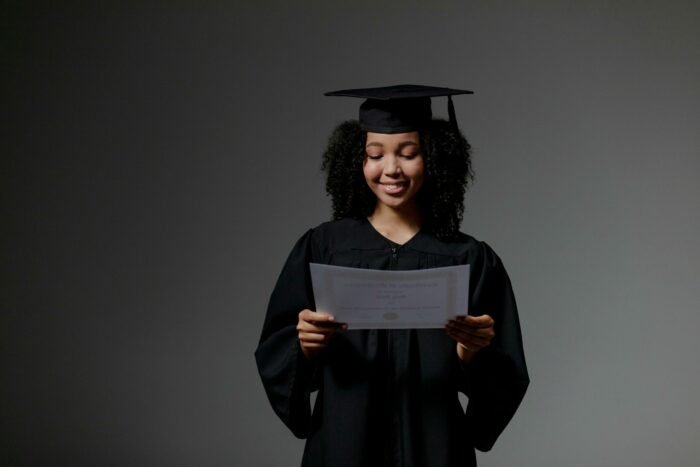
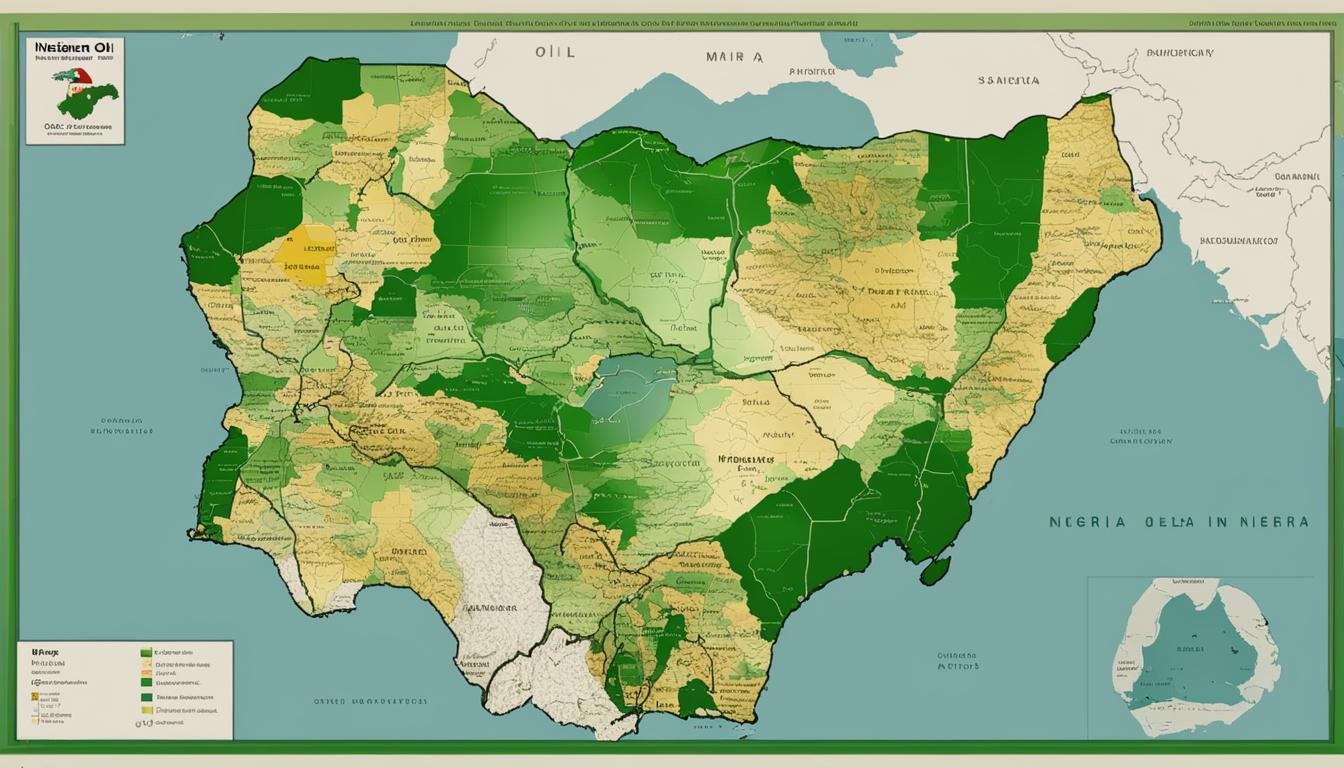
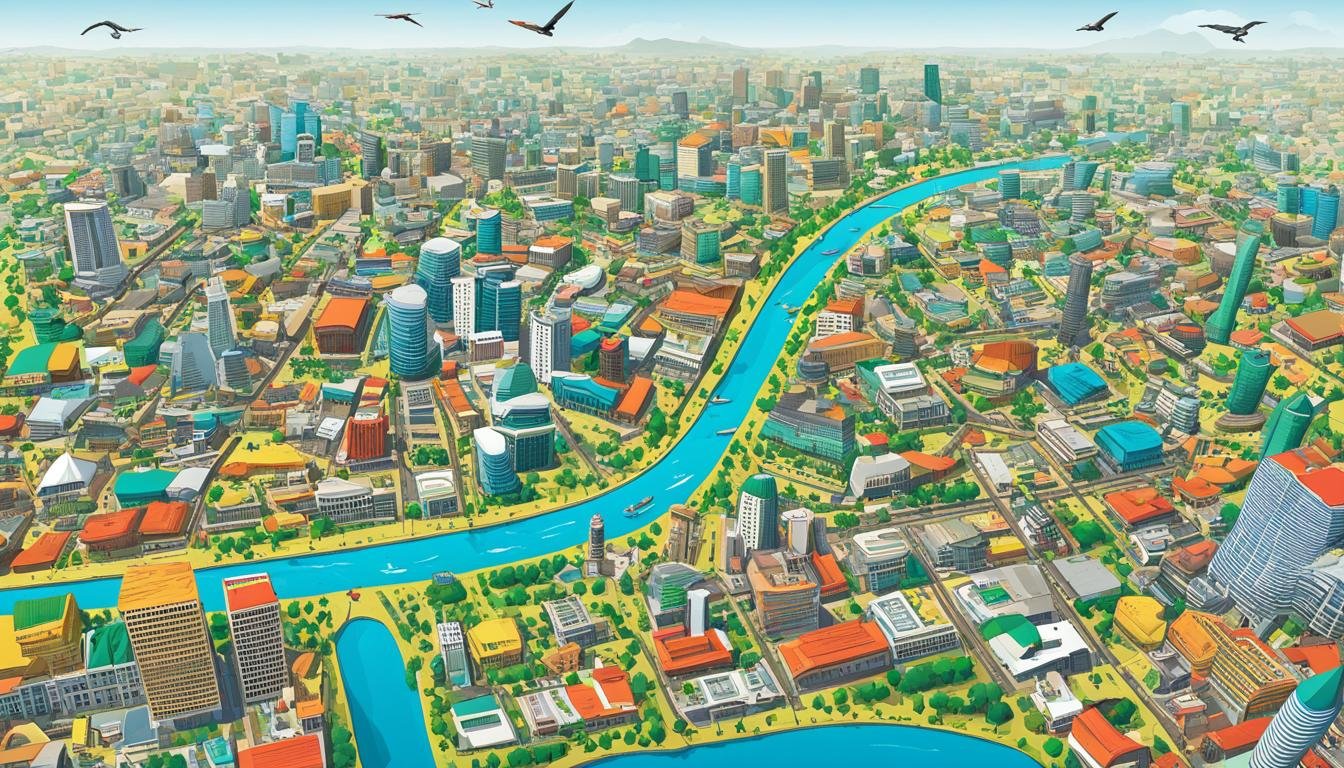


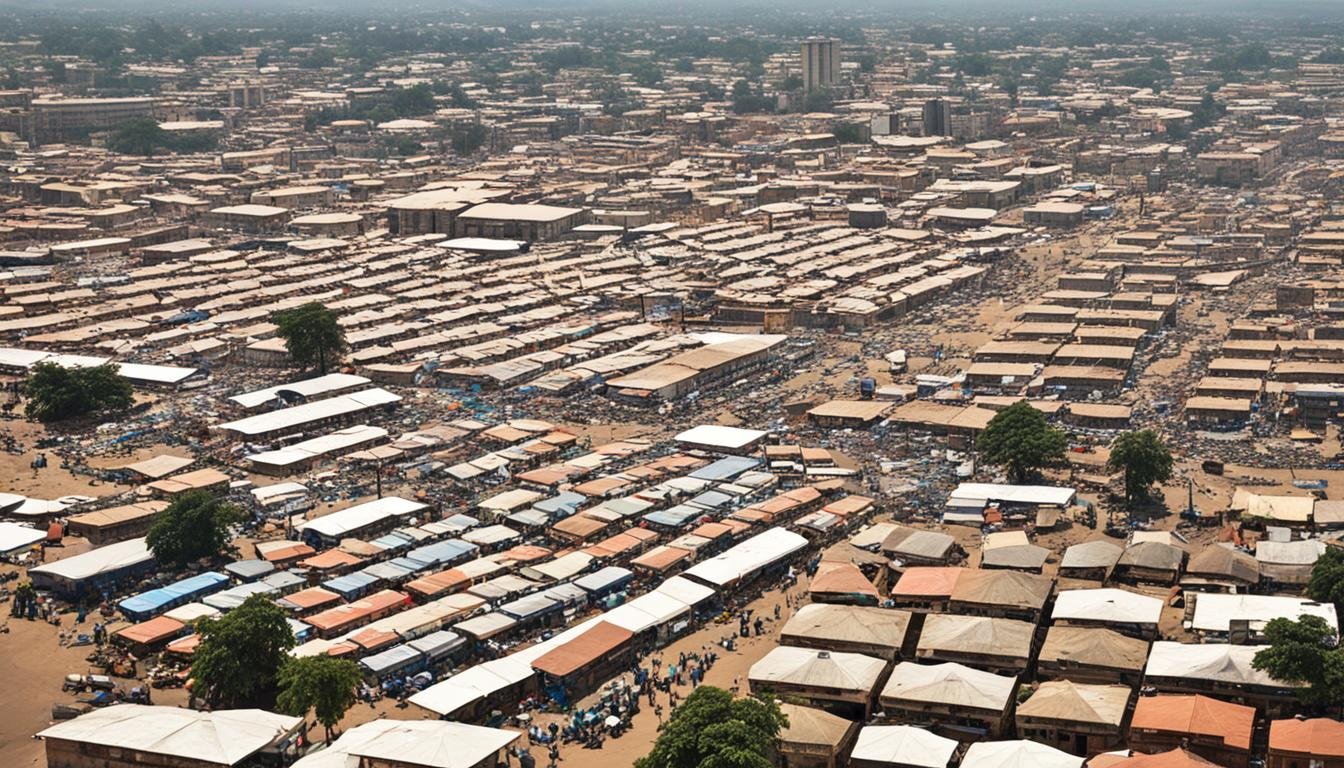
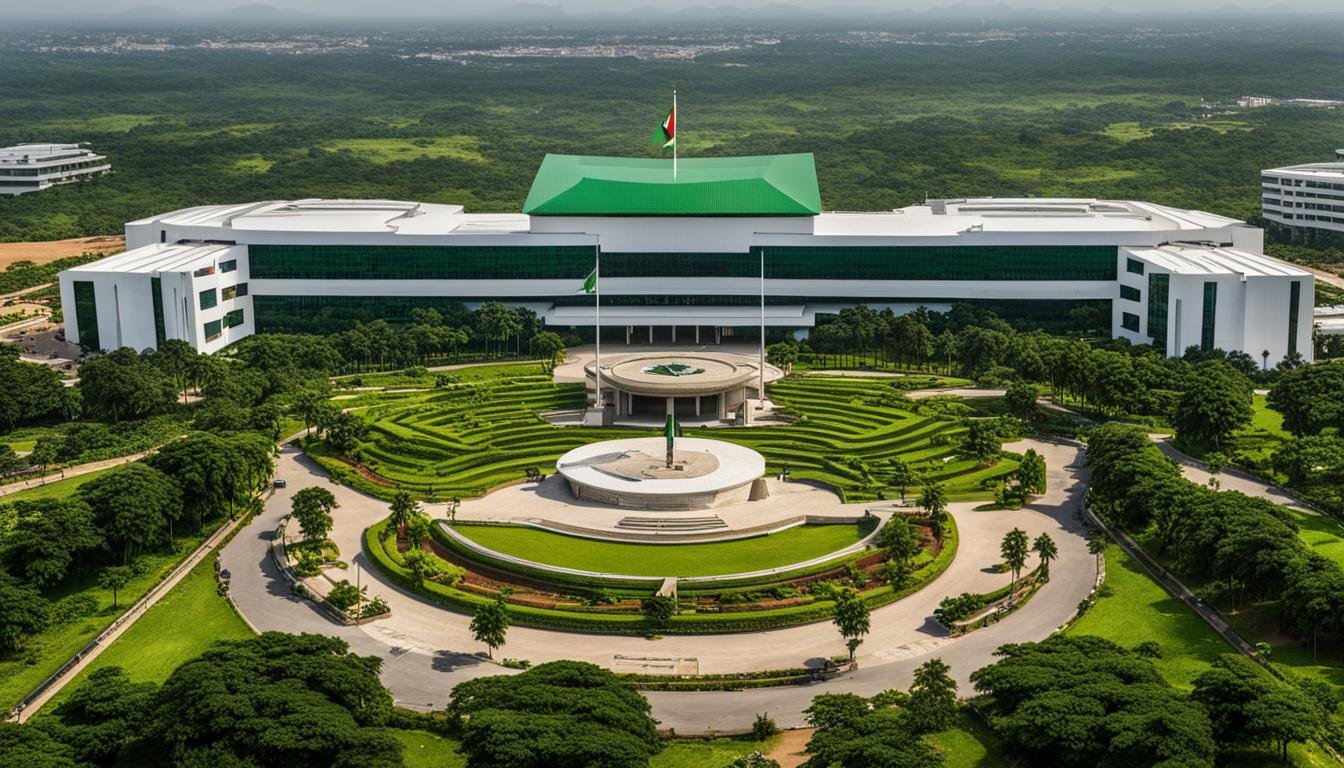
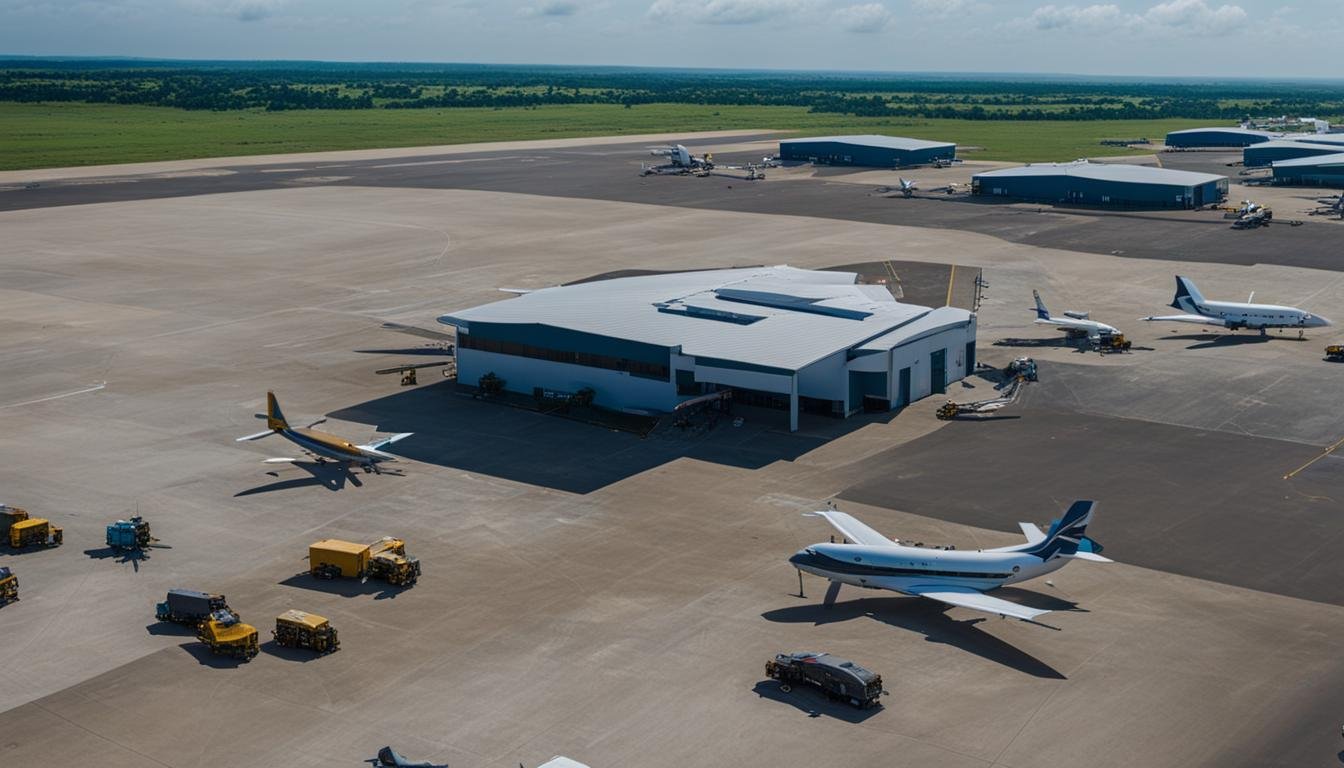
![Education and Skills Gap Statistics in the US [3 FAQs] 20 Education and Skills Gap Statistics in the US](https://zoets.b-cdn.net/wp-content/uploads/2024/01/pexels-kai-pilger-414530-scaled-e1704203026801.jpg)